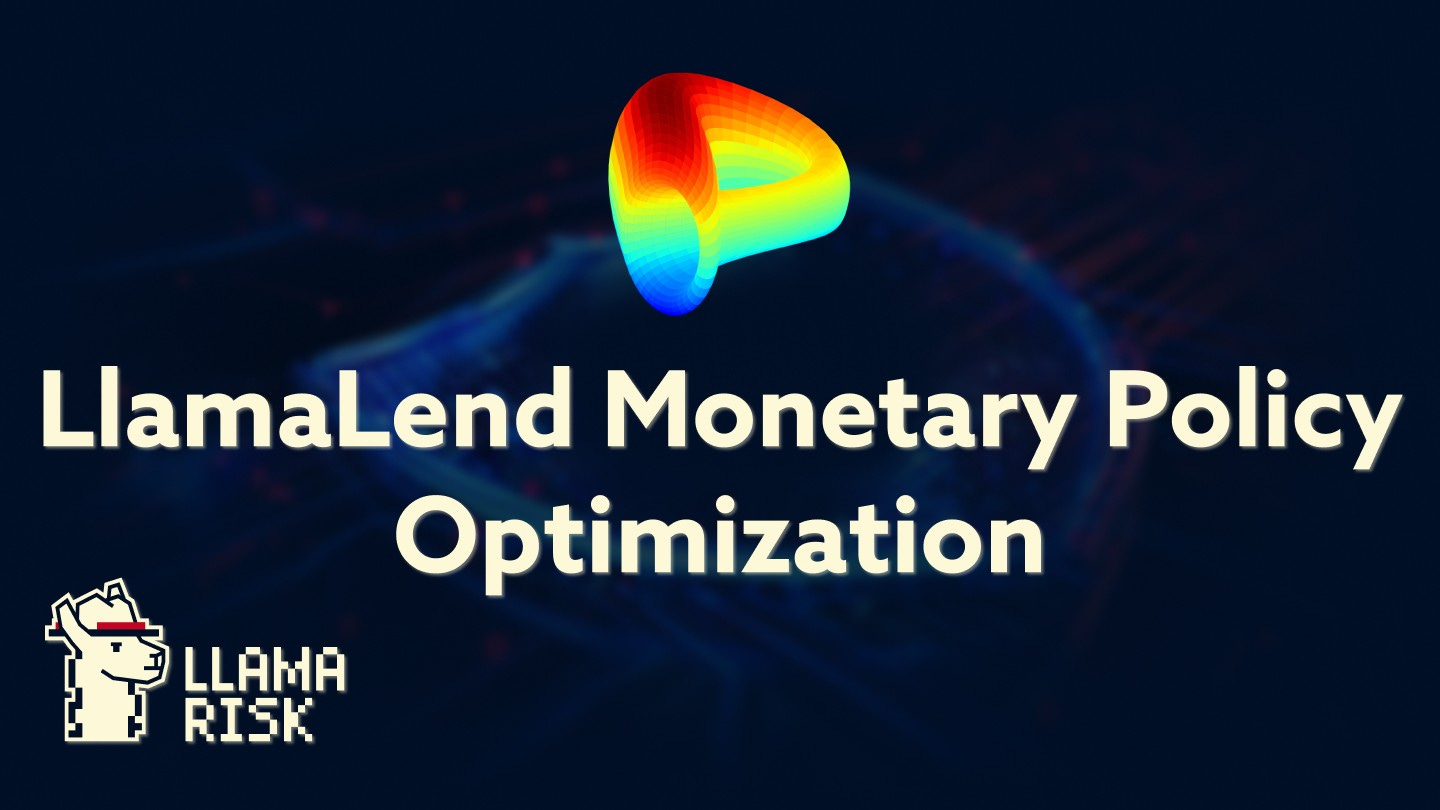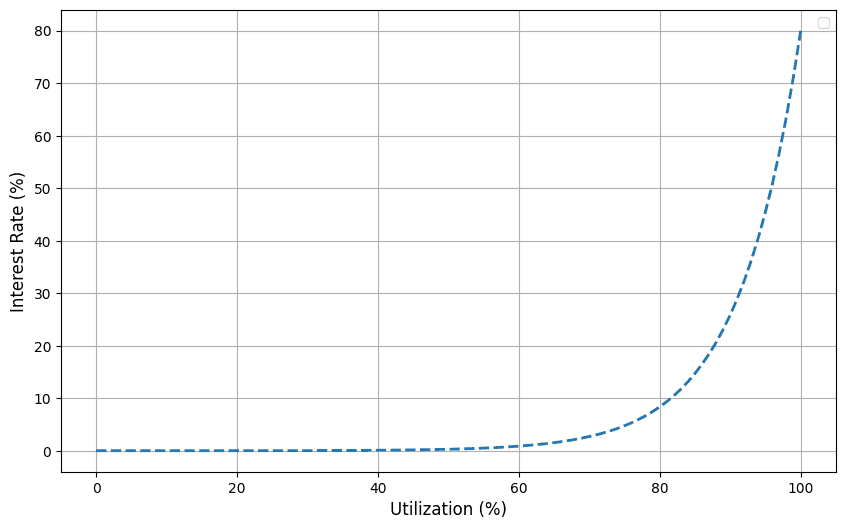LlamaLend: Monetary Policy Optimization
A methodology for optimizing LlamaLend markets, with a focus on Semilog monetary policy and exploring alternative IRMs
Summary
Decentralized lending protocols rely on effective interest rate models (IRMs) to balance capital efficiency and risk management, and which are adaptable to evolving market conditions. IRMs directly determine the cost of borrowing and the incentives for supplying liquidity and are therefore central to a functioning lending market.
The subject of this report focuses on Curve's Llamalend markets, which have been observed to require additional research and continuous monitoring for performance optimizations. We have seen in the past that LlamaLend markets have experienced low utilization, which degrades returns to lenders and is not an efficient use of capital. More recently, markets have suffered from high utilization, [2], which can prevent lenders from withdrawing and potentially erodes trust in the lending market.
This research addresses the challenge of parameterizing and optimizing IRMs by formally defining the concept of optimal utilization and introducing a framework to optimize and compare different IRM models. As part of the analysis, we review several existing Semilog IRM LlamaLend markets and benchmark their performance against Piecewise Linear IRMs, which are widely used by protocols like Aave and Compound.
Semilog IRM:
Piecewise Linear IRM:
To summarize, the objectives of this project are three-fold:
Define and identify a concept of Optimal Utilization
Parameterize the existing Semilog IRM optimally
Compare optimality between different IRMs




